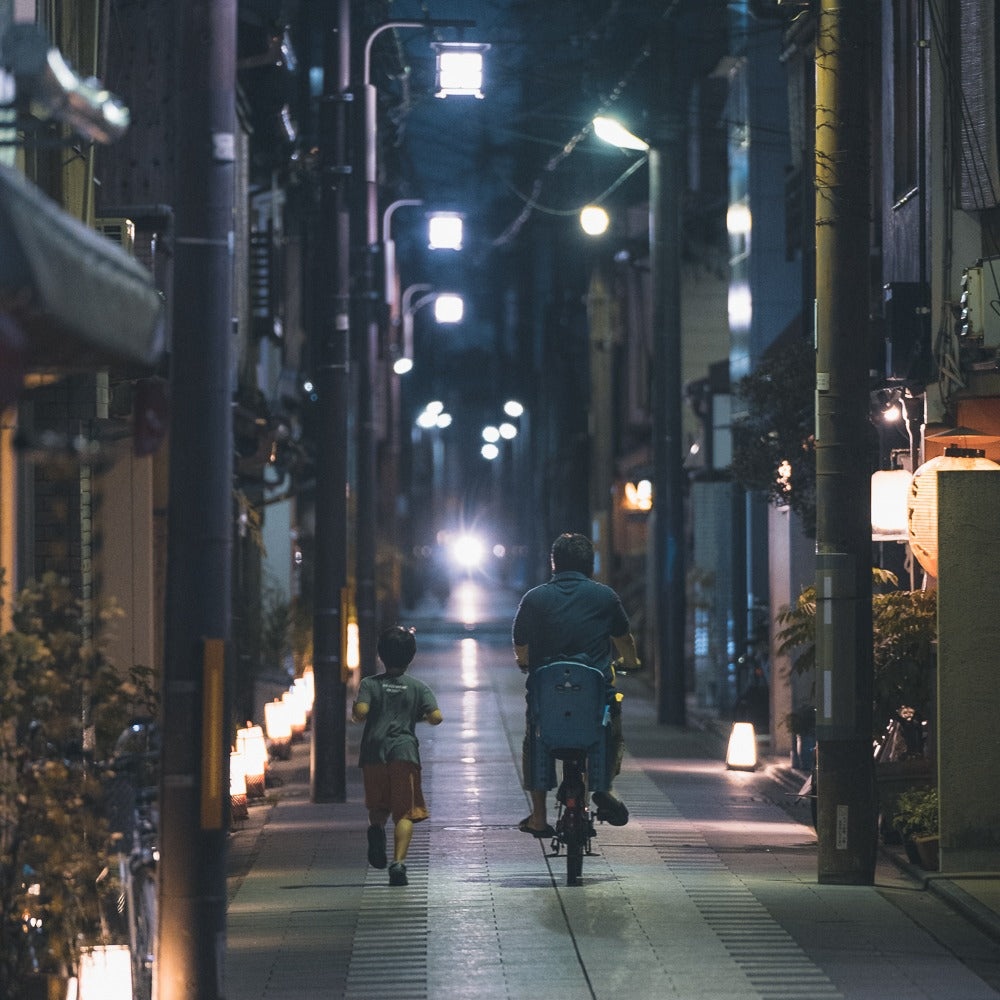I’ll always have a soft spot for Street Photography.
It is, after all, my first true photographic “love”; the category of photography I first started with, focused on, and strove to become competent at.
It’s a category of photography that perhaps has more “opinionated” people in it than any other type, as the lines of what it is and what it isn’t aren’t as hard as, say, landscape or fashion photography.
But, regardless of whether you’re acquainted with what it is or not; it doesn’t matter. What I’ll be presenting in this article is what I consider it to be; a relatively loose definition compared to that of some purists.
I find this definition to be more useful for most photographers, especially beginners, as it allows the most room for creative interpretation. Take this definition as you like, agree with it or disagree with it, either way, learn from it and form your own opinions.
The purpose of this article is to briefly introduce you to the idea of what Street Photography is, so you can get a better understanding of whether or not you’d want to pursue it yourself in the future (which I highly recommend you should).

What is Street Photography?
The big question; first up. What is Street Photography? For me, Street photography is simply:
The documentation of human existence.
A broad, wide, sweeping statement that’s large enough to encompass most things, but narrow enough to hone our focus.
This statement seems simple, but under the surface has two qualifiers to think about.
1) Human existence
The first of which is that Street photography must have an element of humanity as its subject.
That’s not to say that every image must have a person, a good street image could also be the documentation of a person’s environment; the writing on a wall representing a particular political outlook; a scene of broken umbrellas used as makeshift shields for civilians protesting. Whatever it is, the main subject should be a reflection of some kind of humanity.
This means categories like Landscapes - where nature and its beauty is the main subject - are disqualified from being deemed a “street photograph”. This is also reflected in my opinion that street photographs need to have some kind of urban context surrounding them. Suburban areas, cities, etc. Even though there are “streets” leading to a forest, you’d be pretty hard-pressed to convince me that this would be classified as “street” - street implies urban.
Real documentation
The second part of what qualifies as a Street Photograph for me is the idea of its “realness”.
There’s a lot of controversy in the Street Photography community about the authenticity and candidness of images. Some purists say that all street photos need to be purely candid, with little to no interaction with the subject.
Personally, I don’t find this restriction that useful, as a little provoking of a subject can do wonders for capturing the essence of an interaction with someone.
But where I draw the line is if the subject has been deliberately posed. To clear this up:
If you specifically direct a stranger to perform a specific action; that’s no longer “candid” to me; no longer a street photograph.
Sure, that might make for a great regular photograph, like a portrait or something. And if you don’t mind not drawing the distinction, then that’s totally fine too; but the degree of candidness suggests that the reactions, emotions, and decisions still need to be made by the subject themselves. You’re just the observer and the documenter.
For my own style of Street Photography, I rarely talk to strangers aside from apologising (shoot first, ask for forgiveness later. But of course, stay respectful). I know many people enjoy shooting Street Portraits; asking strangers to take their portrait without posing them - that’s totally fine, but it’s not for me.

Why should I do Street Photography?
The sister question to ‘what is Street Photography’ is why should I do Street Photography? Well, there are so many answers to that; some of which might resonate with you more than others, but some common reasons people love Street Photography is because:
- It’s the most difficult type of photography to learn (in my opinion)
- It’s difficult from a conceptual perspective to understand
- It’s difficult from a technical perspective to shoot and execute
- It requires the confluence of luck, persistence and perseverance
- It has the most significant carry-over of skills into other categories of photography
- It’s one of the most rewarding types of photography when you get it right (although sometimes it kind of feels like gambling).
- It gets you out and about into the world.
- It helps you understand people and how they interact in the world.
To do Street Photography well is to understand humans: to understand their experiences, to predict their behaviour, to interact with them, to break your own fear of approaching.
To do Street Photography well is to have technical mastery over the actual craft of your photography; to be able to dial in the right settings in a second without even looking at your camera; to have a feel for the relationship between focal lengths and scene size; to have vision and foresight of the environment and situation you’re in.
To do Street Photography well is to have persistence: to know that if you even get 1 “keeper” out of 100 shots, you’re doing well. That sometimes you might go out for a few hours and not return with a single decent one. That sometimes you may go out and instead get 10 keepers in an hour. That the macro perspective of your general persistence is the real determining factor of your success (all other things being equal and dialled in), rather than the micro discouragement of returning home with nothing.
If any of those points resonate with you, I encourage you to give Street Photography a try. As I mentioned previously, I’ll always have a soft spot for it, and it’s something I highly recommend to everyone looking to improve their photography skills.

tl;dr
Street Photography is about the candid documentation of the human experience in an urban setting that may or may not have humans specifically as the subject, but is always about humanity in general.
It’s technically demanding, abstractly challenging, and sometimes extremely frustrating. It will test your patience as a photographer and a person, too.
However, it’s one of the most rewarding styles of photography you can pursue - a great style of photography to increase both your technical craft and your vision in photography while producing unique images that will never be repeated again.



